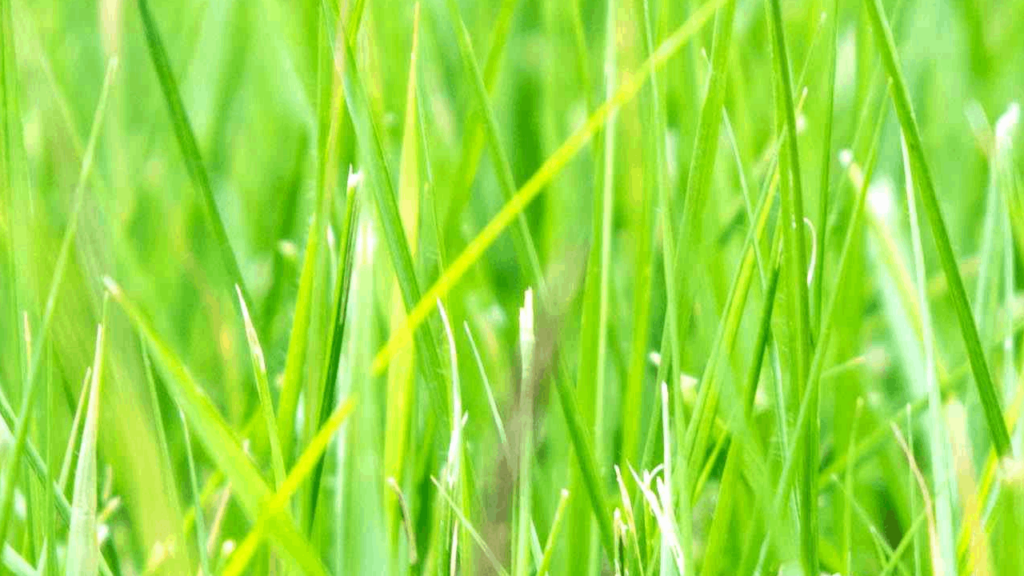In the quest for a lush, vibrant garden, the conversation often turns to the best practices for maintenance and health. Among these practices, the topic of mulching frequently emerges, especially in relation to the utility of mulching blades on leaves. This method, not only promotes environmental sustainability but also significantly benefits your garden’s ecosystem. Let’s delve into how mulching blades can transform your garden maintenance routine, emphasizing their impact on leaf disposal and overall garden health.
What Are Mulching Blades?
Mulching blades, distinct from regular mower blades, are designed to cut grass and leaves into finer pieces. This design allows the material to decompose more quickly, offering a natural and efficient way to enrich your soil.
Advantages of Mulching Leaves
Environmental Sustainability
By mulching, you reduce the need for plastic bags, which are often used for leaf disposal and pose a significant environmental hazard. Discover more about lawn care and its environmental impact.
Soil Health and Nutrient Enrichment
Mulched leaves decompose, releasing nutrients back into the soil. This process feeds soil organisms, such as bugs and worms, crucial for a healthy garden ecosystem. Check out further insights on the pros and cons of mulching leaves.
Moisture Retention
During the warmer months, unmulched soil can rapidly lose moisture. Mulching helps retain this moisture, reducing the need for frequent watering.
Cost Efficiency
Mulching your leaves can save you money on fertilizers and watering. It’s a natural way to provide your lawn with nearly all the nutrients it needs. For more details on efficient lawn maintenance, explore different lawn mowers and tractors.
Support for New Plants
Mulching can stabilize and support the growth of new plants in your garden by providing a steady supply of nutrients and maintaining soil moisture.
Weed Control
By blocking sunlight, mulch acts as a natural weed barrier, reducing the time and effort required for weeding.
Implementing Mulching in Your Garden

To incorporate mulching into your garden care routine, consider the following steps:
- Choose the Right Equipment: Invest in a lawnmower equipped with mulching blades. These blades are crucial for efficiently chopping leaves into a beneficial mulch.
- Regular Mulching: Make it a habit to mulch regularly, especially during the fall, when leaves are abundant.
- Layer Thickness: Ensure the mulch layer is not too thick; a 2-3 inch layer is ideal for allowing soil to breathe while retaining moisture.
- Compost Unused Leaves: If you have excess leaves, consider composting them. This creates an additional nutrient-rich resource for your garden. For those without a compost system, ensure leaves are composted rather than ending up in landfills.
The Impact on Your Lawn and Garden
By embracing mulching, particularly with leaves, you enrich your garden in multiple ways. This practice not only enhances the soil quality but also contributes to a more sustainable and cost-effective garden maintenance approach. For detailed guidance on managing mulched material and avoiding common pitfalls, such as clumping, refer to “Why Does My Mulching Mower Leave Clumps of Grass?”.
Conclusion
Mulching blades prove to be an invaluable tool for dealing with leaves, transforming them from waste into a resource. This approach aligns with sustainable gardening practices, promoting soil health, moisture retention, and cost savings, while also contributing to a healthier, more resilient garden ecosystem. For those looking to enhance their garden care routine further, exploring the best electric pressure washers can add an additional layer of cleanliness and maintenance efficiency.

